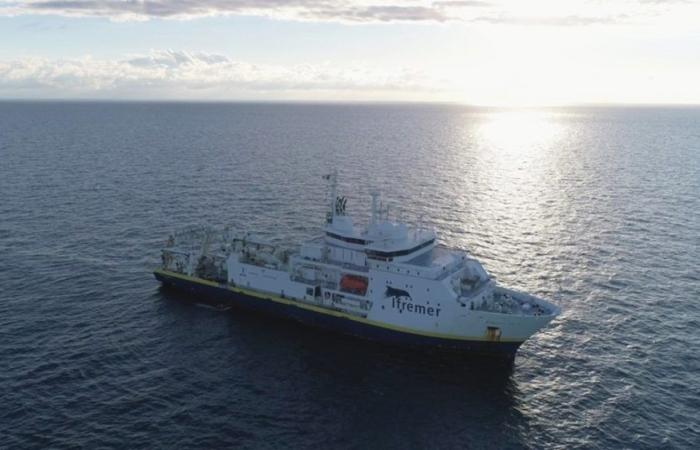Seismologists from six countries analyze the risks of seismic activity in the waters of the Santiago de Cuba province, considered a region of great activity.
The ship’s expedition Why not?, belonging to the French research institute Ifremer and the French Navy, undertook a 53-day trip with experts from Cuba, France, Belgium, Germany, Haiti and the United States, as part of the Haiti-Twist marine scientific campaign.
Its objective is to analyze the risks associated with the active twin fault system, located in the northern region of the Caribbean tectonic plate.
The campaign will study the tectonic history and structure of the crust, in addition to the mantle in the area, as explained by the specialist from the National Center for Seismological Research (Cenais) in Santiago de Cuba, Bladimir Moreno Toarán, quoted by the newspaper. Granma.
The expert announced that the seismometers deposited on the seabed will be examined, while stations will be installed on land to record the acoustic seismic signal that will be emitted from the ship.
The Oriente geological fault, the main area of seismic activity and constituted by a plate boundary south of the eastern region of Cuba, marked the highest number of earthquakes on the island last year.
The country registered a total of 7,475 movements in 2023, and of them, 14 were noticeable, according to the Cenais annual summary.
The magnitudes ranged from less than 3 to 5.9 on the Richter scale.
Cuba is located in a region – spanning from the Dominican Republic to Mexico – in which different tectonic fault systems converge and has significant seismic activity. EFE
This oceanographic research vessel and its name is in homage to the vessel of the same name Pourquoi Pas?built in 1907 by the French explorer Jean-Baptiste Charcot to be used in his various expeditions to the Arctic and Antarctic.
It sank on September 16, 1936 in Icelandic waters, with the crew perishing except one, including Charcot himself, Enrique Diego Arango Arias noted on Facebook days ago.
Efe/OnCuba.






